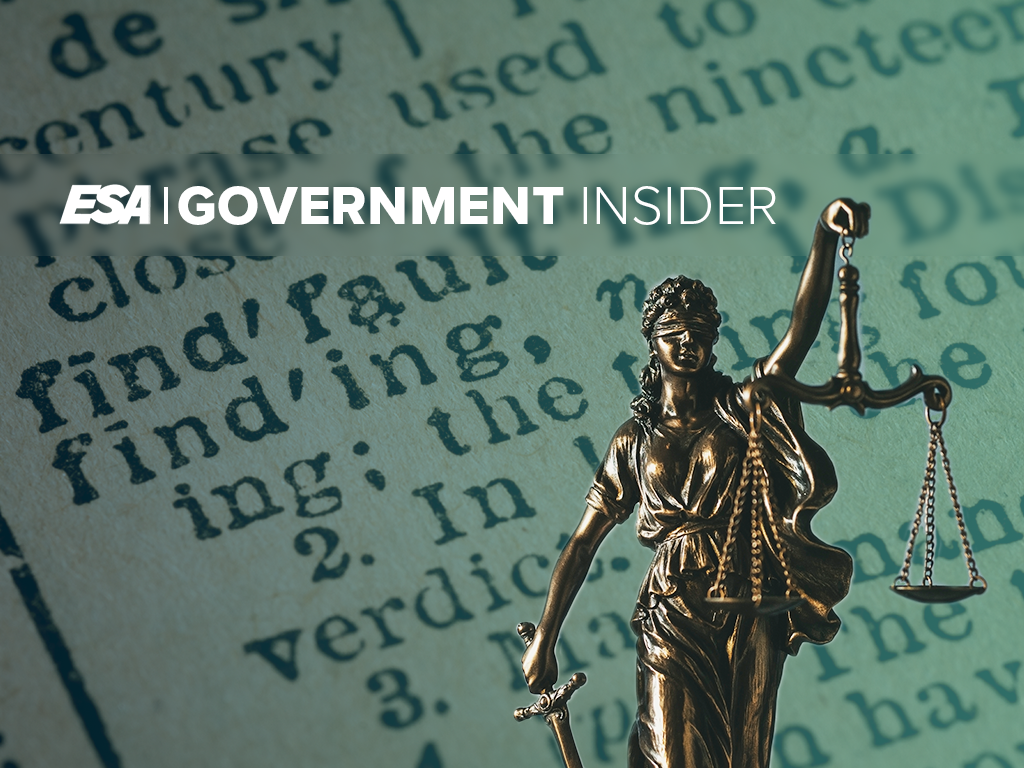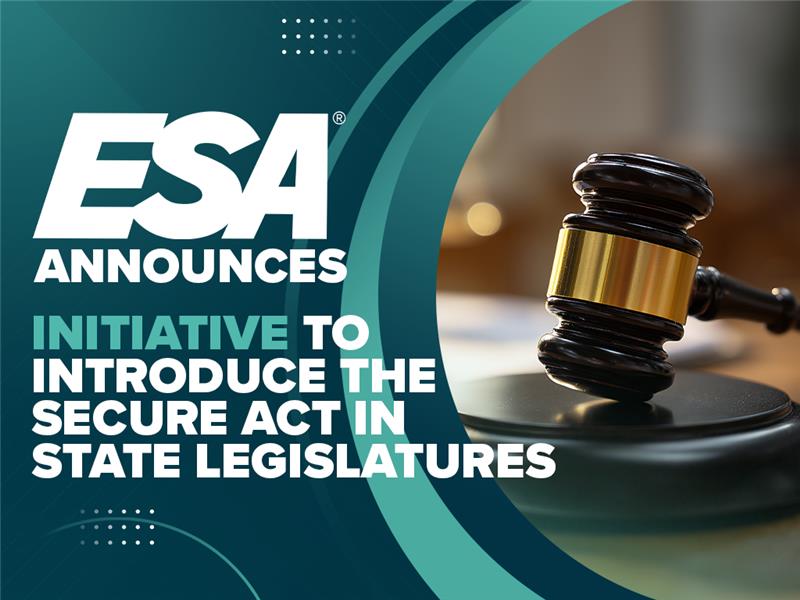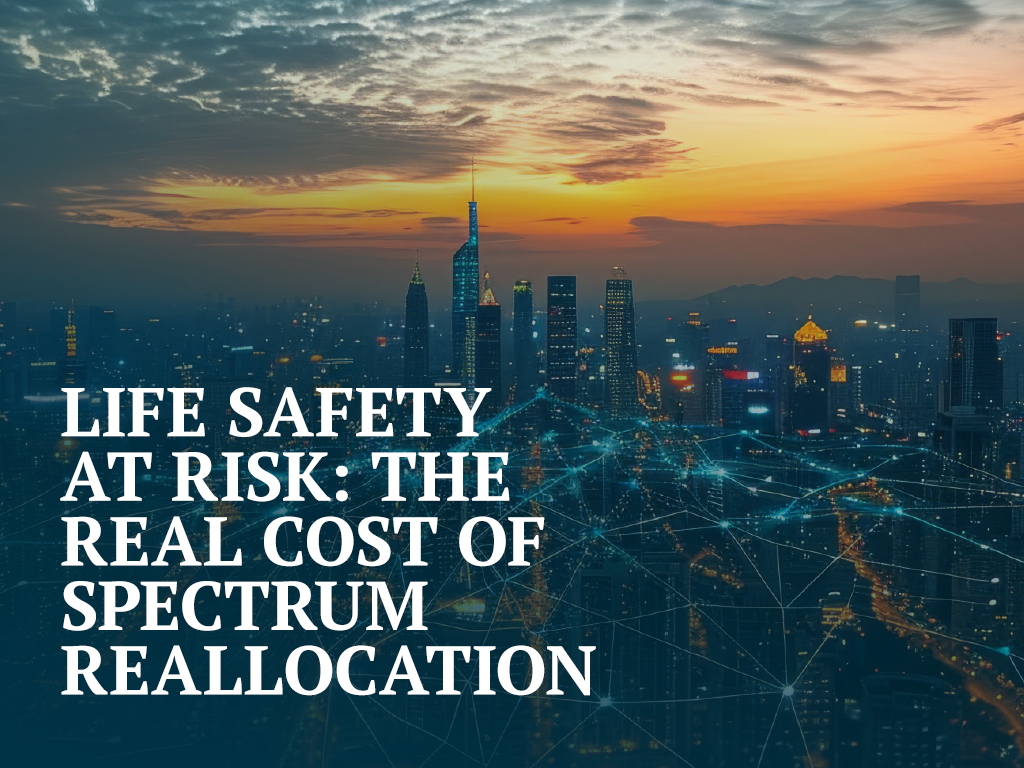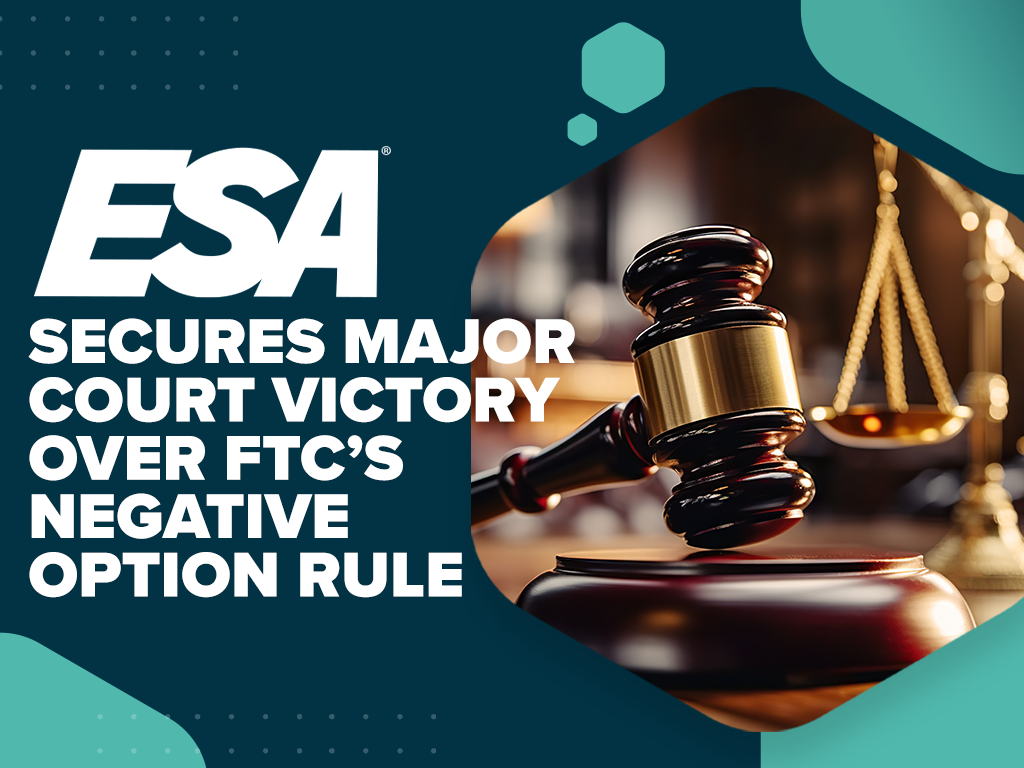Electronic Security Industry is Essential in Uncertain Times

The last month could easily be described as unprecedented for healthcare and our economy (not to mention the world economy). We quickly discovered as governors and local leaders began issuing executive orders to restrict events and business, that we had a paramount interest in keeping the essential nature of our members’ work excluded from “shelter in place” orders.
We began working with the Security Industry Association and The Monitoring Association early in the process to identify executive orders that lacked clarity and push for an “essential service” designation for our members’ operations that involve intrusion, fire and life safety systems.
CISA Recognizes the Industry’s Work as Essential
The Department of Homeland Security Cybersecurity & Infrastructure Security Agency (CISA) published a pamphlet titled, “Guidance on the Essential Critical Infrastructure Workforce: Ensuring Community and National Resilience in COVID-19 Response” on March 19, 2020 and it updated this guidance on March 28, 2020 to specifically include our industry. This clarity was identified in at least three broad categories identified here:
Law Enforcement, Public Safety and Other First Responders
- Workers – including contracted vendors — who maintain, manufacture, or supply equipment and services supporting law enforcement emergency service and response operations (to include electronic security and life safety security personnel).
Communications and Information Technology
- Workers providing electronic security, fire, monitoring and life safety services, and to ensure physical security, cleanliness and safety of facilities and personnel.
Other Community or Government-Based Operations
- Workers supporting essential maintenance, manufacturing, design, operation, inspection, security, and construction for essential products, services, and supply chain and COVID 19 relief efforts.
ESA Advocates to Keep the Industry Labeled Essential Nationwide
To get as many state and local officials to refer to the CISA guidance in their own executive orders, we began a concerted advocacy campaign that reached:
- all 50 state governors, including US Territories;
- organizations that represent state and local officials like the National League of Cities and the Council of State Governments;
- Over 700 city and county officials in jurisdictions with 100,000 population or higher
- Chiefs of Police in all 50 states
Our efforts are showing results as 25 states have adopted the CISA guidelines in emergency declarations and executive orders. Adoption of these guidelines is vital to the important work our members do. We will continue to push elected officials to adopt the uniform guidance provided by the CISA guidelines.
It does not mean the executive orders that do not cite the CISA guidelines provide no assurance for electronic security and life safety operations to remain open as an essential service. It just means these orders must be looked at more closely for language that includes the work our members do.
We will work with all jurisdictions possible to adopt the CISA guidelines and continue our advocacy to keep your “essential service” of intrusion, fire and emergency medical systems online and operational.
If you would like to know specific guidance in your state or local government regarding the most recent executive orders, legislation and licensing news, I encourage you to visit our State-by-State COVID-19 Security Industry Updates web page.




